 Laminar Streamer UpdateMonday 18 November, 2013
Hi everyone,
We have some workshop pictures, a discussion board thread pertaining to our painstaking past trials and discoveries in computer audio, and some news about SD card read speed to share with you today. 1st, some pictures Finally, after overcoming so many unexpected inhibitions, described in our earlier newsletter, the Laminar Streamer project is once again moving ahead. We now have our first precision milled part, made for a delicate trial out of a large block of MDF. Substantially more dense Panzerholz will be used in the final design. So far, so good! Have a look at some raw snapshots fresh off the machine: Above is the bottom of the unit. What you are seeing is an upside down view of the underside of the Laminar Streamer from above. The milled ring in the center will contain the round steel leg which will provide three perfectly balanced contact points. These will rest on the surface that the Laminar Streamer will ultimately stand on during use. Above is a side angle of the same part. Even when made from MDF this thing is already heavy. There is no known substitution for weight when dealing with micro-vibrations on the level we need to really achieve the sublime quality we are striving for here. The final unit will weigh over fifty pounds (~34 Kg). Now we turn this piece over so that it stands the way it would in the final product. This view is from the back of the device. The square shaped indentation you see milled in the center of the unit will house the transformer of the power supply, and above that will be a thick sheet of steel to keep the transformer largely isolated from the delicate operating system and streaming circuitry, which will be above this steel flux barrier. In this way we don't need two enclosures and our signal paths remain very short. At the same time, the steel provides added weight to reduce vibration. Because the steel will be tightly sandwiched between two generous layers of Panzerholz, its own micro-vibration will be aggressively damped. Emerging echoes in the audiophile world For several years we aggressively pursued discoveries of every detail of digital playback quality which led us to the development of the Laminar Streamer's own operating system and crucial layout. Naturally, these began with customizing computer playback systems years ago. Just a few days ago, a customer was kind enough to share this very recent thread on a discussion board at ComputerAudiophile.com, which echoes quite exactly all of our previous testing and discoveries. These are now being made by more and more people throughout the world. The additional testing and discovery by a broader audience helps add weight and confirmation to our own findings which led quite naturally to the vision of the Laminar Streamer. Those who have persistence and tweak-curious personalities are leading the way for other like-minded individuals to follow. But for those who would like a finished, refined solution, we will be offering the very distillation of all of this discovery in the form of the Laminar Streamer Direct Drive SD card player. Discovery of a new qualitative parameter After further refinements to our power supply solution and a few scrupulous listening tests to really confirm this, it is now evident that the very best sound quality is available based on the SD card parameter called Read Speed or Read Rate. Data storage size of the card has no effect on the playback quality, but read speed does. Very inexpensive cards today have a rate of around 30 MB/sec. Some go faster, at 45 MB/sec. The fastest ones now widely available do 95 MB/sec., but Toshiba has announced that they are now selling (in Japan only) a new breed of SD card which boasts a read speed of a whopping 260 MB/sec.  Now, please note that this speed parameter is not important to signal integrity at audio data rates. In fact, even the slow 30 MB/sec. read speed cards have no difficulty with streaming 192 kHz / 24 bit files. But the perceived qualitative aspect here seems to be a result of their efficiency of operation, which, in turn, means that less circuit contamination takes place overall. Thus, higher music quality can be gained than ever before thought possible. This is exciting news, and when we test this, we'll let you know the results. Right now it can be said that we prefer 95 Mb/sec to 30 and 45 MB/sec read speed cards. Thank you all for your interest and patience while we work our way through all the stumbling blocks which lie ahead to bring the Laminar Streamer into your hands for your enjoyment. Cheers to great sound,
Regards,
Louis Motek | LessLoss.com |
- Products
- Power Cables
-
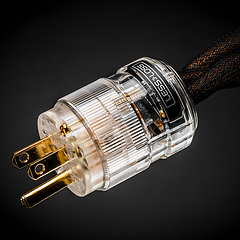 C-MARC™ Prime
The must have foundation for any sound system today.
From
$
486
C-MARC™ Prime
The must have foundation for any sound system today.
From
$
486
-
 C-MARC™ Classic
The unique super-cable power cord everyone's talking about.
From
$
1148
C-MARC™ Classic
The unique super-cable power cord everyone's talking about.
From
$
1148
-
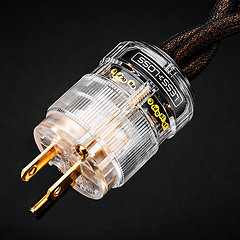 C-MARC™ Classic Entropic Process
The peerless, advanced Classic masterpiece.
From
$
1934
C-MARC™ Classic Entropic Process
The peerless, advanced Classic masterpiece.
From
$
1934
-
 C-MARC™ Stellar Entropic Process
The crown jewel for highest performance power connection.
From
$
2450
C-MARC™ Stellar Entropic Process
The crown jewel for highest performance power connection.
From
$
2450
-
- Loudspeaker Cables
- Interconnect Cables
-
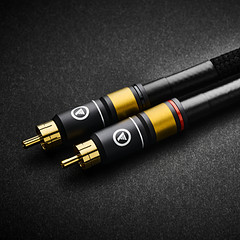 RCA C-MARC™
Cotton-clad true Litz • Whopping 2.3mm2 polarities
From
$
850
RCA C-MARC™
Cotton-clad true Litz • Whopping 2.3mm2 polarities
From
$
850
-
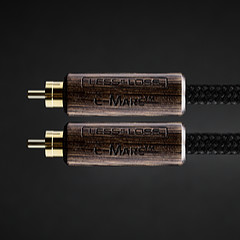 RCA C-MARC™ Entropic Process
Our finest RCA cable • Polished Wenge barrels
From
$
1428
RCA C-MARC™ Entropic Process
Our finest RCA cable • Polished Wenge barrels
From
$
1428
-
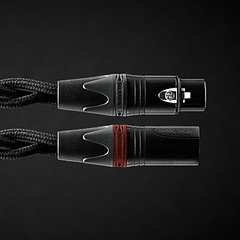 XLR C-MARC™
A hand-braided cotton-clad unique Litz construction
From
$
950
XLR C-MARC™
A hand-braided cotton-clad unique Litz construction
From
$
950
-
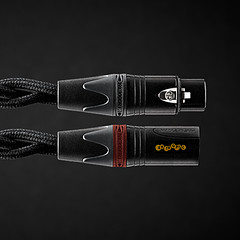 XLR C-MARC™ Entropic Process
Stratospheric performance for the audio connoisseur
From
$
1615
XLR C-MARC™ Entropic Process
Stratospheric performance for the audio connoisseur
From
$
1615
-
- Digital Cables
-
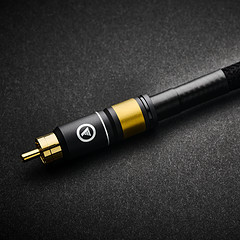 RCA Digital C-MARC™
Cotton-clad unique Litz design • Made only by LessLoss
From
$
510
RCA Digital C-MARC™
Cotton-clad unique Litz design • Made only by LessLoss
From
$
510
-
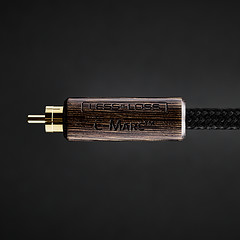 RCA Digital C-MARC™ Entropic Process
Possibly the most subtle digital cable on the planet
From
$
858
RCA Digital C-MARC™ Entropic Process
Possibly the most subtle digital cable on the planet
From
$
858
-
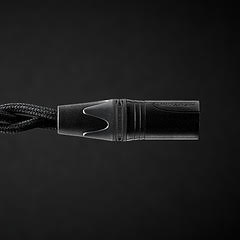 XLR Digital C-MARC™
Featuring a whopping 3 x 2.3mm2 Litz construction
From
$
570
XLR Digital C-MARC™
Featuring a whopping 3 x 2.3mm2 Litz construction
From
$
570
-
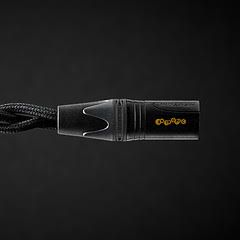 XLR Digital C-MARC™ Entropic Process
Stratospheric performance for the audio connoisseur
From
$
969
XLR Digital C-MARC™ Entropic Process
Stratospheric performance for the audio connoisseur
From
$
969
-
- Grounding Cables
- Bulk Wire and Cable
- Signal Conditioners
-
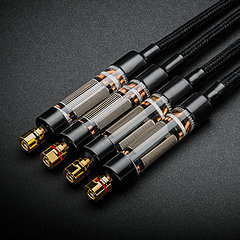 Firewall for Loudspeakers
Firewall for Loudspeakers
C-MARC™ Plug-and-Play Speaker signal conditioning like you've never imagined From $ 1656 -
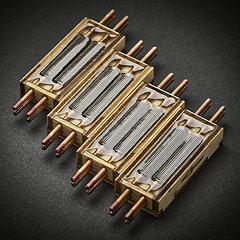 Firewall for Loudspeakers
Firewall for Loudspeakers
DIY version for Self-Installation For the Do-It-Yourself project enthusiast • Solder yourself From $ 800 -
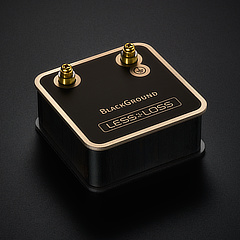 BlackGround DIY
Voltage-ground interface for a variety of applications
From
$
446
BlackGround DIY
Voltage-ground interface for a variety of applications
From
$
446
-
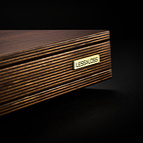 BlackGround 8x/10x Speaker Base
Plug-and-play loudspeaker signal conditioner
From
$
3096
BlackGround 8x/10x Speaker Base
Plug-and-play loudspeaker signal conditioner
From
$
3096
-
- Power Conditioners
-
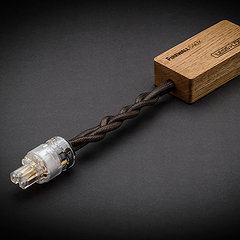 Firewall 640x
Plug-and-play solution for any powered gear
Firewall 640x
Plug-and-play solution for any powered gear
C-MARC™ Entropic Process and standard lead versions From $ 654 -
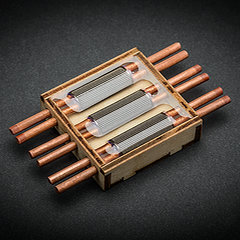 Firewall 640x DIY for Self-Installation
Self-solder and save!
From
$
320
Firewall 640x DIY for Self-Installation
Self-solder and save!
From
$
320
-
 BlackGround DIY
Voltage-ground interface for a variety of applications
From
$
446
BlackGround DIY
Voltage-ground interface for a variety of applications
From
$
446
-
 BlackGround 6x/10x Power Base
Plug-and-play power conditioner
From
$
2350
BlackGround 6x/10x Power Base
Plug-and-play power conditioner
From
$
2350
-
- Power Distributors
- Equipment Feet
- Field Conditioner
- DACs
- Power Cables
- Reviews
- This is definitely the cable to go for. It will almost literally blow your mind. – March 2012, Puresound Magazine
-
I was intrigued by the unanimously positive reviews garnered by these products ...
– by user Raymond Eye
Leaves you speechless
Sensational cables
BEST purchase I've made
Top notch performance
It's a steal
Musical... liquid... 3D
It's not subtle
More than an upgrade
Best I've heard so far
Stellar service
Sounds like a new system
Much more lifelike
Emotional flow
Overwhelming results
More dimensional
Sound is transformative
We were all astounded
Transformed my listening
Sounds so cohesive
Emotionally engaging
- Where to Start
- Free Newsletter
- Newsletter Archive
- B-Stock Alerts
- Shopping Tools
-
Shipping
- Free Shipping Learn about our international shipping policy
-
Return Options
Our satisfaction guarantee
and return policy -
Customs / Tax
UPS expedites local
customs clearance
-
Transaction
- Conditions of Sale Agreement for a smooth business transaction
- Privacy Policy We pledge to keep your information private
-
Terms of Use
Business policies
and agreements
-
Account
-
- Contact Us
-
Meet the Designers
-
- Care to share of your personal experience with our products? We'd be happy to post it!
- Want to learn more about our activities? Our Newsletter is both free and spam-free.
hi-res photos, brochures
logos, press releases, and
print-friendly PDF downloads. -
Contact Us
Connect with Us
-
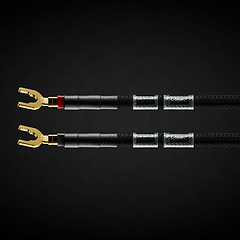
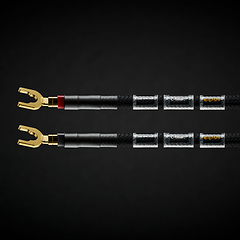
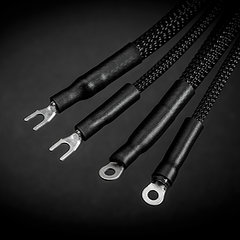
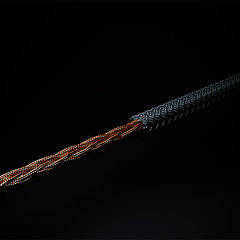
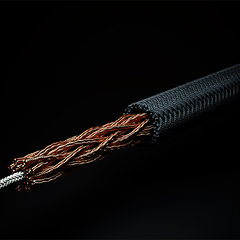
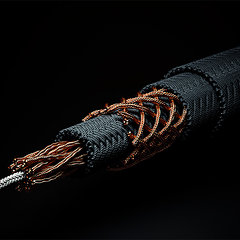
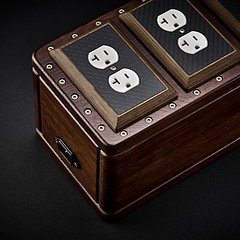
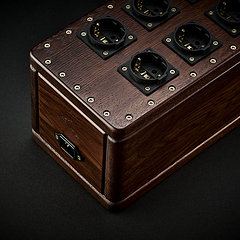

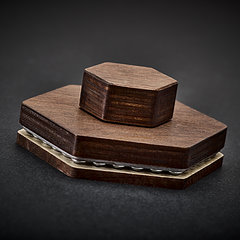
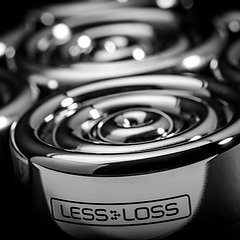
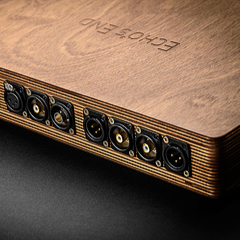
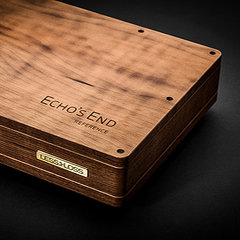
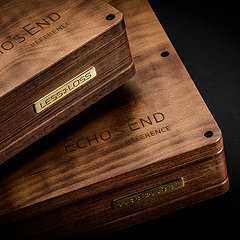
 Beware of Fakes
Beware of Fakes
